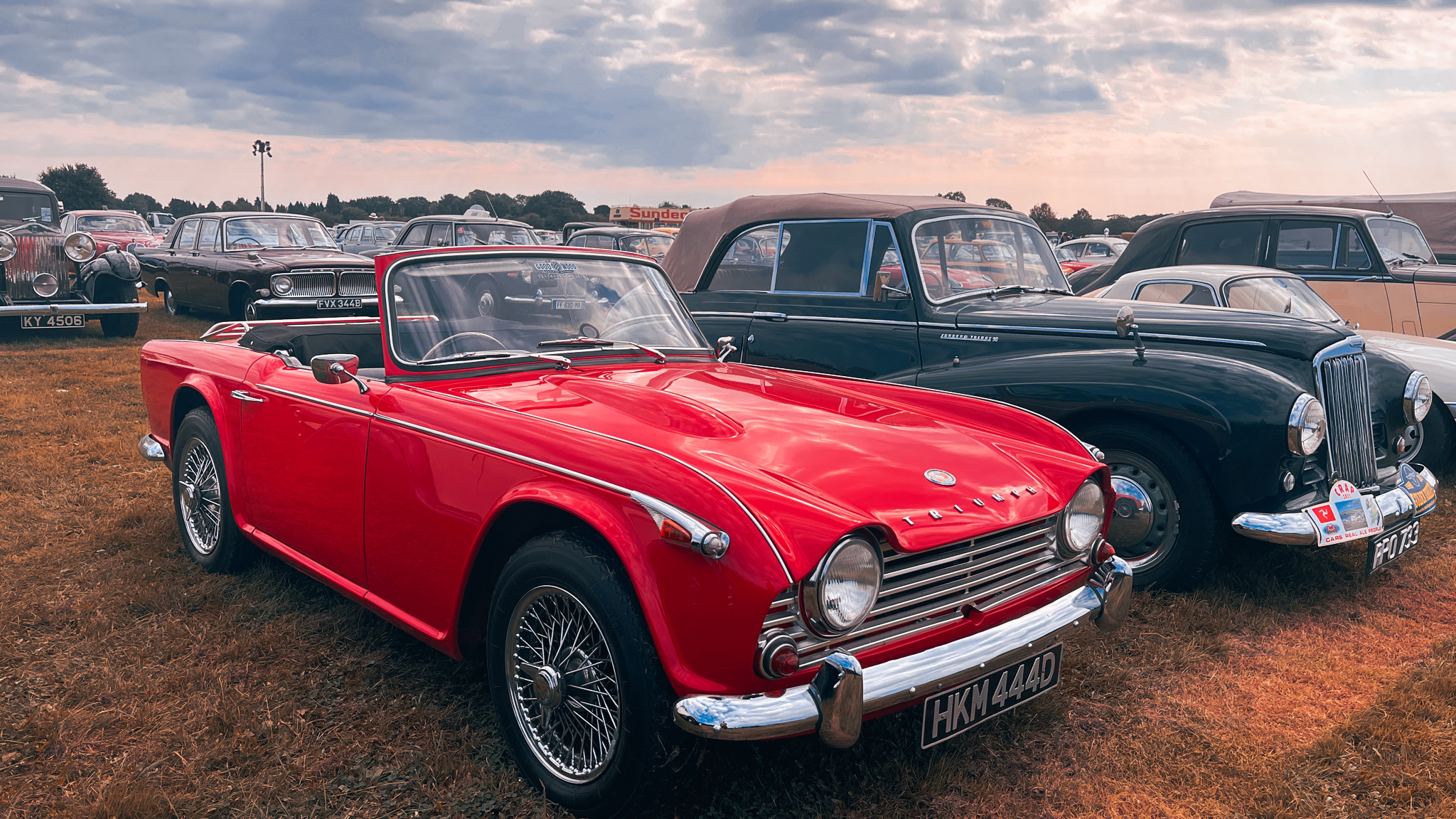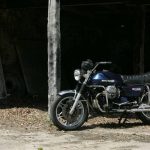Leaded petrol is no longer available anywhere in the world after the final country using it, Algeria, stopped selling it in July. Algeria, Yemen and Iraq were the last holdouts for the toxic fuel after even North Korea stopped using it in 2016.
Leaded petrol was banned in the UK in 2000, but in practice was being phased out since the 1980s when its terrible impact on public health became clear. Leaded fuel has been linked to heart disease, cancer, strokes and brain development problems in children yet it has taken almost 100 years to rid the world of it.

First introduced in the early 1920s, tetraethyl lead (TEL) was discovered to be an octane booster, and enabled car engines to use a higher compression ratio without pre-ignition or ‘knocking’ – enabling greater power and improved fuel efficiency. TEL also served to prevent valve and valve seat wear, as a barrier between the ‘microwelds’ that form between their mating surfaces.
Frank Howard, vice president of the Ethyl Corporation went as far as calling his product “a gift from God”, but the dangers of this great gift were obvious from the early days, when five workers at the Standard Oil plant in New Jersey died and 35 were hospitalised with lead poisoning.
Lead was already known to be a neurotoxin – as far back as the Victorian era people realised that lead water pipes could cause health issues – but concentrations of lead in air and soil near busy routes highlighted its danger in vehicle fuel too.
The introduction of catalytic converters, which required unleaded petrol to operate correctly, first started the move away from leaded petrol in the 1970s, and most countries enacted bans in the 1990s, with Japan outlawing the fuel as early as 1986. Now we’re moving from E5 unleaded to E10, with a 10 per cent mix of bioenthanol.
Older cars designed to run on leaded petrol often need upgrades, namely hardened valve seats, to mitigate potential wear when using unleaded fuel, but the tradeoff is measurably cleaner air for everyone. Finally, leaded petrol has reached the end of the road.
Read more
Will synthetic fuels ride to the rescue of classic cars?
Everything you need to know about using E10 fuel with your classic car
Take a tour of Britain’s preserved and crumbling local petrol stations










Umm…leaded petrol IS still used all over the world. Next time you hear a plane engine and look up to see a light aircraft overhead (i.e. the ones with propellors, not jets), guess what you are breathing in…